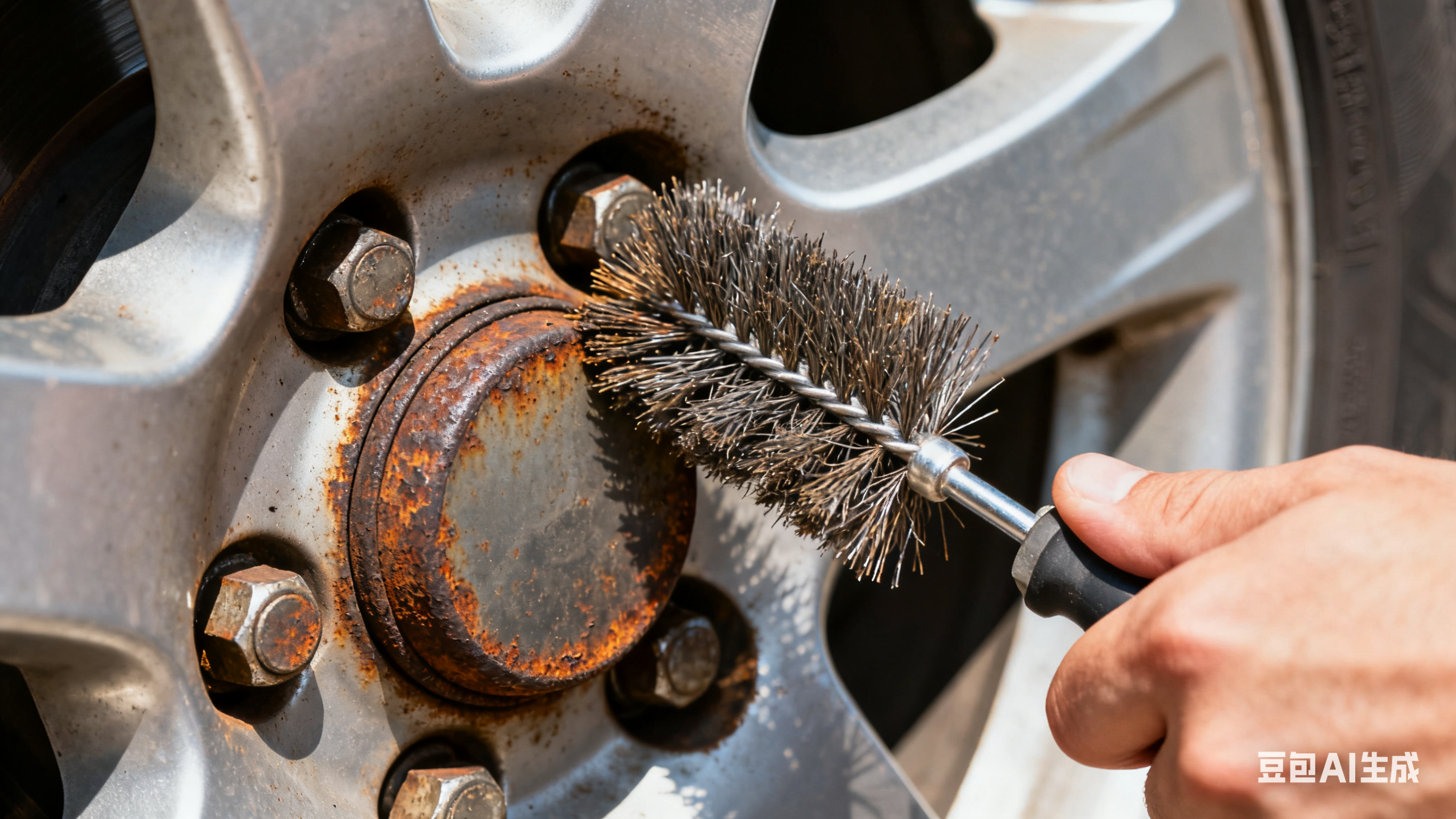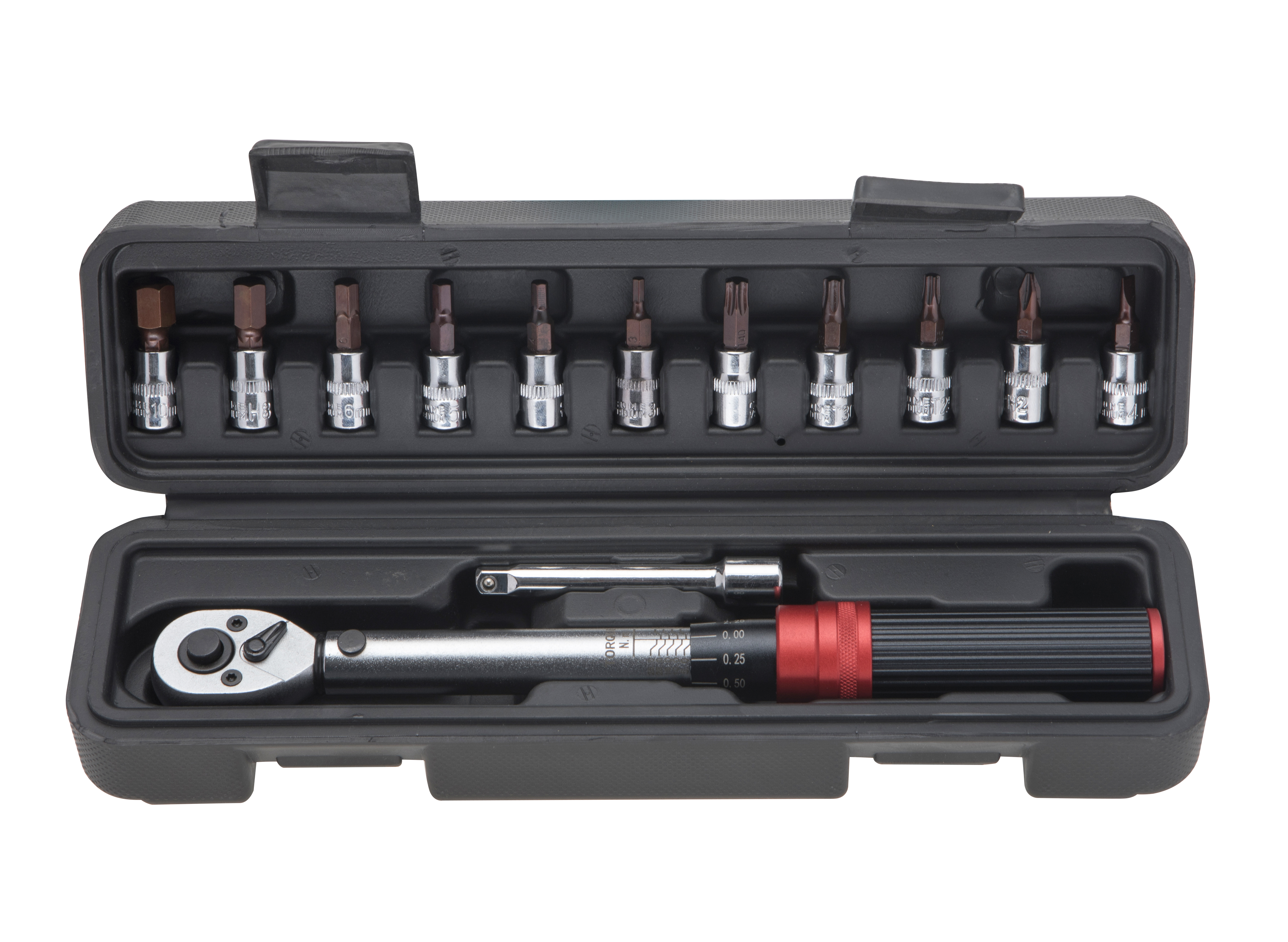Torque Wrench Extensions: When to Use Them (and How to Avoid Mistakes)
Extensions let you reach fasteners in tight spots (e.g., behind an engine block or under a bike frame)—but using them incorrectly can ruin torque accuracy. Here’s what you need to know:
When to Use an Extension
· Hard-to-Reach Fasteners: If the wrench head can’t sit directly on the bolt (due to surrounding parts), an extension creates space.
· Avoiding Damage: Extensions prevent the wrench handle from hitting nearby components (like hoses or wires) while you apply force.
How to Use Extensions Without Losing Accuracy
1. Keep It Straight: Extensions work best when they’re perfectly aligned with the wrench and the fastener (no angles). If you angle the extension (even slightly), the torque applied to the bolt will be less than the wrench’s set value—you’ll under-tighten without realizing it.
1. Choose the Right Length: Stick to short extensions (6 inches or less) when possible. Longer extensions (12+ inches) can bend under force, which also reduces accuracy. If you need a long extension, use a “torque adapter” (a tool that compensates for extension length) to maintain precision.
1. Check the Wrench’s Capacity: Make sure the extension is rated for the same torque range as your wrench. A cheap, low-torque extension can break if you use it with a heavy-duty wrench (e.g., a 1/2” drive wrench set to 150 ft-lbs).
1. Calibrate After Use: If you use extensions regularly, calibrate your wrench more often (every 6 months instead of 12). Extensions add extra stress to the wrench’s internal parts, which can throw off calibration faster.






